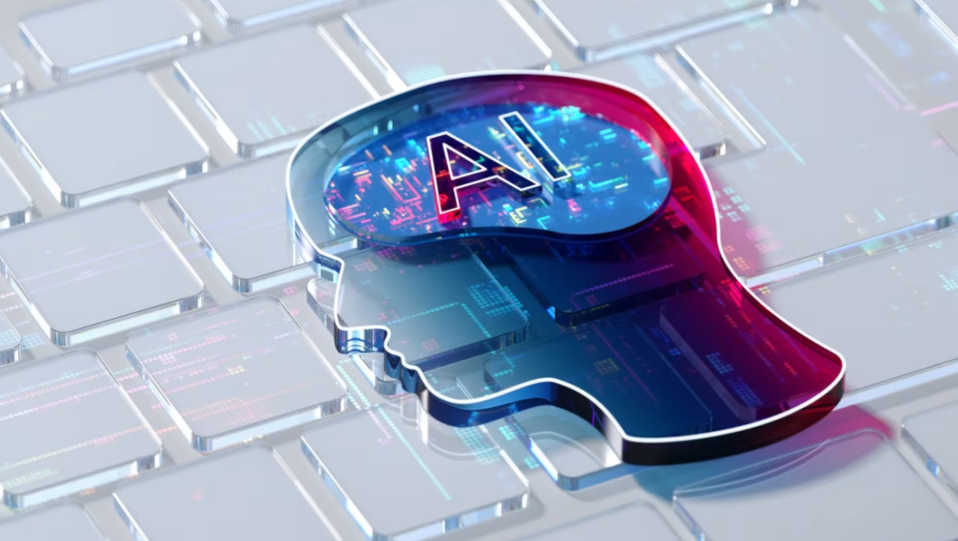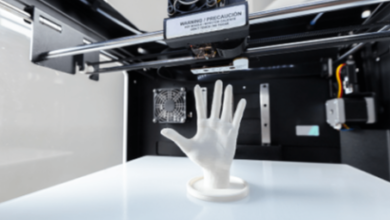Software testing becomes harder as products grow fast and change often. Manual testing takes time. Even automation misses bugs when the code changes too quickly. Teams waste effort on test cases that do not matter. They also miss critical issues that reach users. This slows down releases and affects quality.
AI for software testing offers a smarter solution. It studies past data and predicts what might break next. It helps testers focus on real risks instead of guessing. In this blog, you will learn how predictive analysis works in software testing. You will also see how it helps prevent bugs early.
Failure Probability Estimation Before Code Execution
AI can now predict how likely a failure is before the code even runs. This helps teams act early and avoid wasting time on unstable builds. AI for software testing makes this process faster and smarter.
- Checks recent code commits: The system reviews code changes and compares them with past patterns. If similar changes led to bugs before, it warns developers about the possible risks.
- Looks at developer history: Some issues are linked to how different people write code. The AI checks who wrote the code and finds patterns from earlier problems they introduced
- Flags known risky components: Certain parts of the app fail more often. The AI watches for changes in those areas and warns before the code goes live
- Estimates test failure rates: The AI looks at the history of failed tests linked to similar updates. It gives a rough estimate of how many failures to expect after the new change
- Prevents unstable builds early: Instead of waiting for test results, the system stops unstable code from going forward. This saves build time and reduces test runs.
Dynamic Test Suite Adjustment Based on Predictions
Test suites can become too large and time-consuming. AI helps adjust them based on recent changes. This keeps testing focused and useful. AI for software testing improves test speed and accuracy.
- Skips unrelated test cases: The AI checks what part of the app has changed. It only runs tests related to those changes. This avoids wasting time on tests that are not needed.
- Adds important test cases: Some changes may seem small but affect more areas. The AI adds extra tests in those areas to make sure the change did not break anything.
- Handles feature-based test runs: When a feature changes, the AI focuses the test suite around it. This makes testing faster and more useful
- Uses historical bug data: AI checks what bugs came from similar past updates. It makes sure to test those areas again in this round.
- Keeps test runs efficient: By adding and removing tests smartly, the AI reduces test time. It also helps testers spend time on the right problems.
See also: How Technology Is Reshaping Music Creation
Predicting UI Breakages from Past Design Changes
UI issues affect users the most. AI uses past design updates to guess where things may go wrong again. AI for software testing helps catch UI bugs before users see them.
- Watches layout changes closely: AI notices shifts in spacing, alignment, or structure. It compares them with past updates that caused problems and flags them early.
- Flags broken visual elements: The system checks for missing images, stretched buttons, or overlapping text. These are common UI errors linked to past failures
- Finds device-specific layout issues: Some UI bugs only happen on specific devices. AI remembers these cases and checks them again when similar changes appear.
- Prepares extra tests for risky changes: If a design update is linked to older issues, the AI adds more checks. This keeps visual bugs from going unnoticed.
- Reports UI risks clearly: The AI highlights the part of the UI at risk. It shows what changed and why it may break based on earlier problems.
Identifying High-Risk Modules Before Testing Begins
Not all parts of the code have the same chance of failure. Some modules fail more often than others. AI for software testing can find these weak spots early.
- Tracks past bug locations: The AI reviews earlier bug reports and test failures. It identifies parts of the code that have failed many times before.
- Flags unstable components: When developers touch unstable modules, the AI raises a warning. This helps teams focus more attention on testing those areas first.
- Ranks modules by risk score: Each module gets a risk score based on past issues. The higher the score, the more attention it receives during testing
- Saves time during planning: By knowing where most bugs come from, teams can plan better. They can spend less time on low-risk areas.
- Helps prevent repeat issues: AI reminds teams about modules that often fail. This leads to better checks and fewer repeated bugs from the same place.
Automated Root Cause Prediction for Faster Debugging
Debugging takes time when the cause is unclear. AI helps spot where the issue started. AI for software testing cuts down debugging time by pointing to likely root causes.
- Connects errors to code changes: The AI checks recent updates and matches them with the test failure. This helps teams trace the bug to the exact change.
- Reviews similar past bugs: AI checks past failures that look like the current one. It then suggests fixes that worked earlier in similar cases.
- Highlights suspect functions: Based on failure logs, the AI points to the function that likely caused the issue. This helps developers fix problems faster.
- Checks for missing inputs: Sometimes tests fail due to missing data or setup. AI finds such gaps and tells the team what might be missing.
- Saves time in log reading: Instead of going through full logs, the AI shows only the parts linked to the error. This helps teams find problems quickly.
Trend-Based Prediction of Repeating Defects
Some bugs return again and again. AI watches for trends that lead to these repeat issues. AI for software testing helps stop the same bugs from coming back.
- Finds repeating error types: AI checks test results and bug reports. It spots patterns in errors that keep coming back after each release.
- Links bugs to feature changes: The AI connects repeat bugs to certain features. When those features change again, it warns the team about the risk
- Adds tests for repeating issues: AI adds extra checks in parts of the code where bugs happen often. This helps catch them before release
- Reminds teams during updates: When developers touch risky features, the AI reminds them of past issues. This helps them write better and safer code.
Code Change Impact Analysis for Preemptive Fixes
Before a single test runs, AI can study the code changes and predict what might break. AI for software testing helps reduce test failures by acting before they happen.
- Scans changed files in commits: The AI checks each changed file and compares it with past updates. It marks any risky changes before tests begin.
- Finds related test cases: It links code changes to related test cases from history. This helps teams prepare for possible test failures in advance.
- Highlights broken dependencies: Some code changes break how different modules work together. AI spots these early and flags them before they affect test runs.
- Saves time on guessing bugs: Instead of waiting for test results, teams get a list of possible weak spots. This helps fix problems faster.
AI-Driven Bug Clustering to Spot Hidden Patterns
Bugs may look different but often come from the same issue. AI groups them into clusters. AI for software testing makes it easier to find root causes by spotting patterns.
- Groups similar error logs: The AI looks at failure logs. It puts together bugs that show the same signs even if they came from different tests
- Finds common code issues: It checks if the clustered bugs are linked to the same code area. This helps teams fix one issue instead of many.
- Reduces duplicate work: Instead of fixing each bug alone, the team can solve them in one go. This saves time and effort
- Improves bug tracking: AI adds labels to each cluster. Testers and developers know which issues are linked and can plan fixes together.
Historical Data-Driven Test Case Auto-Suggestions
Creating test cases takes time. AI looks at past tests and changes to suggest what to test next. AI for software testing helps testers build faster and better test plans.
- Uses past bug data: The AI checks which changes caused bugs in the past. It suggests test cases that cover those areas first.
- Adds missing test cases: If a code change is missing proper test coverage, the AI flags it. It recommends tests that should be written.
- Focuses on weak spots: It highlights features that often fail. The AI makes sure test cases are added there before the release
- Adapts to new features: For new features, AI checks similar past updates. It then suggests test ideas based on how those earlier features were tested
- Works well with cloud testing platforms: When connected to cloud systems, testing AI can scan older data and create test suggestions. This speeds up planning across many devices and environments.
KaneAI by LambdaTest LambdaTest is an AI-native test orchestration and execution platform that lets you perform manual and automation testing at scale with over 5000+ real devices, browsers, and OS combinations. It helps teams create, debug, and refine tests using natural language. Designed for fast-paced quality engineering teams, it makes test automation easier with minimal effort.
Key Features:
- Easy Test Creation – Uses natural language for writing and updating tests.
- Automated Test Planning – Converts objectives into detailed test steps.
- Multi-Language Support – Exports test scripts in various programming languages.
- Smart Show-Me Mode – Turns user actions into clear test instructions.
Wrapping Up
Predictive analysis is changing how teams handle software testing. It helps testers act before bugs cause real problems. Instead of reacting to failures after they happen teams can now prevent them. AI for software testing studies patterns and gives clear signals about what needs attention.
It supports faster testing with better focus. It also helps teams save time and reduce effort. As software grows smarter, testing must grow with it. Using AI is not just a choice now. It is a simple and smart way to improve testing. Teams that start early will find better results and fewer surprises after release.






